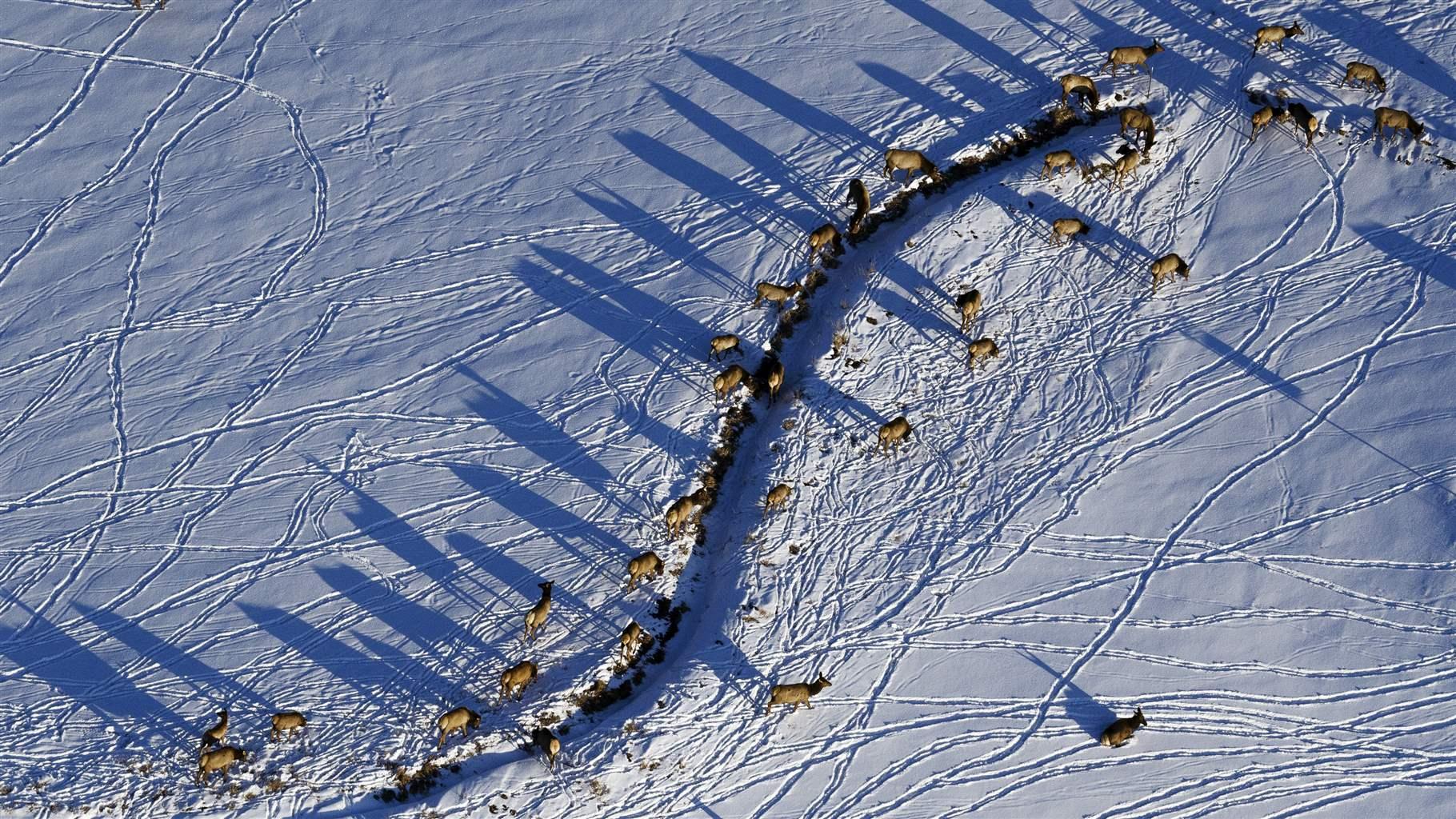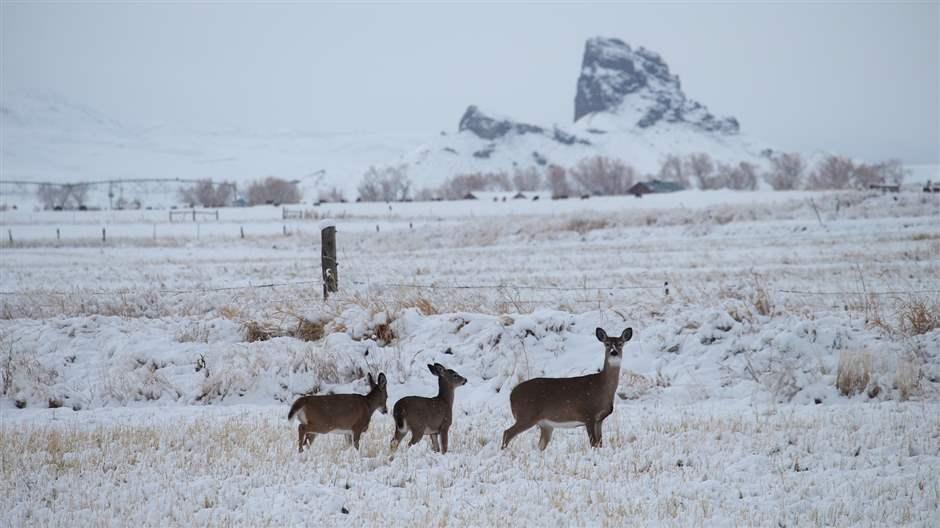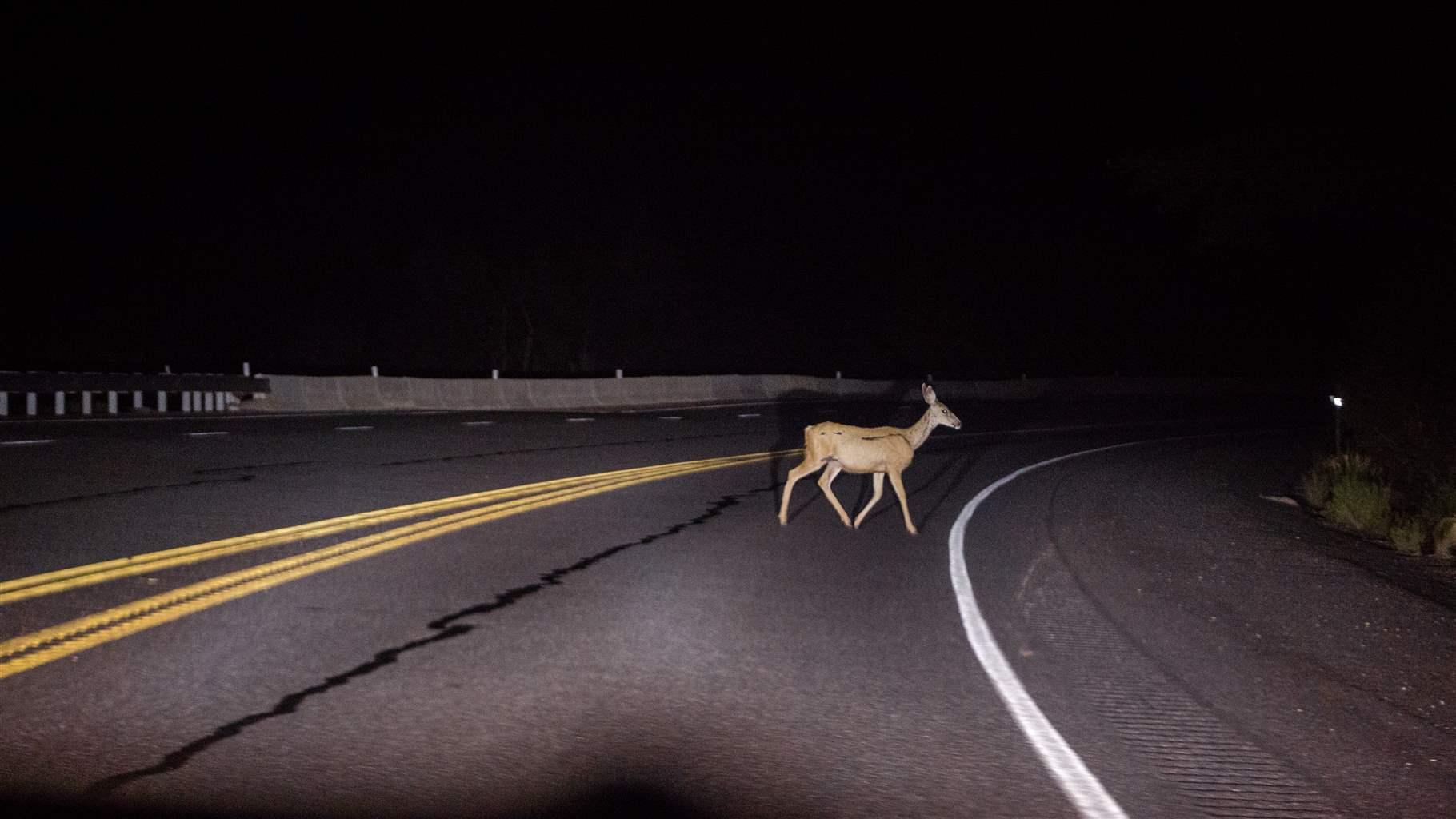Here’s How the Interior Department Can Strengthen Wildlife Migration Policy
Coordinating with states and tribes, and integrating land use planning, can deliver conservation and economic benefits

The latest science and better data play critical roles in informing and guiding public policy. This is certainly the case on the issue of wildlife migration as states and federal agencies consider new initiatives to identify and conserve the important corridors that animals, including iconic ungulates like mule deer and pronghorn, use to move between their seasonal feeding and breeding grounds. At the Department of the Interior, officials have identified wildlife migration as a priority, and new research and state laws and policies, as well as support from tribes, state governments, and local stakeholders, are increasing momentum for conservation action.
States have already made significant strides in formulating science-informed policy to promote the identification and conservation of migratory wildlife. In the past three years, more than half of the 11 conterminous Western states have launched important initiatives in this arena—through state legislation in Oregon, New Mexico, and Utah; governors’ executive orders in Colorado and Wyoming; and a state agency process in Montana.
With states blazing paths toward conserving corridors, the Biden administration and federal land and wildlife agencies have an opportunity to support and build on this critical work. The department can play a critical role, given that the agency manages more than 400 million acres of public lands and wildlife habitat, primarily in the West and Alaska.
In 2018, the Interior Department took an important first step in addressing wildlife migration conservation needs via Secretarial Order 3362, which directed agencies within the department to enhance their collaboration and coordination with state fish and wildlife agencies to improve big game habitat and migration corridors. Pew helped bring stakeholders together on this effort, working with the Western Fish and Wildlife Association and the U.S. Geological Survey (USGS) to train more than 110 state wildlife experts to model and manage migration data in 2017 and 2018. Although the order made important strides on research and mapping, there’s much more to be done to improve conservation efforts and related shortages in staff capacity.
Here are three key recommendations for building on the department’s efforts to conserve wildlife corridors:
-
Integrate approaches across agencies, as well as with the departments of Agriculture (USDA) and Transportation (DOT). The USGS is critical for researching and mapping migration routes, while three other Interior agencies—the Bureau of Land Management, National Park Service, and U.S. Fish and Wildlife Service—are the habitat experts, and the USDA’s Forest Service is instrumental to collaboration and implementation and oversees much of the land where migrating wildlife in the West spend their summers. But these animals also cross private property and some of the region’s 1.5 million miles of roads, so DOT and the USDA’s Natural Resources Conservation Service must be involved.
-
Draw a direct connection between the shared goal of conserving functional migration habitat and land use planning. National guidance on how the department should consider migration information while providing direction on making science-informed management decisions would improve consistency where federal resource management plans are being revised. In cases where those plans are not due for revision but where science suggests the need for modifications, department staff should consider amending the plans.
-
Increase federal-state coordination of research and conservation activities. In the West, state wildlife agencies generate and manage most migration data. The federal government must therefore maintain a collaborative relationship with states, and Pew encourages the Department of the Interior to increase research grants to states to strengthen the use of science in land use planning decisions regarding migrating wildlife. Engagement with tribes is imperative, and the department should work with them in substantive ways on corridor conservation, including by providing more research capacity.
With scientific discoveries continuing to expand our understanding of wildlife migrations across the West, combined with strong public support and interest in collaboration among states and tribes, the Department of the Interior has a unique opportunity to implement lasting, substantive policy on wildlife habitat and migration corridors.
Matt Skroch directs wildlife corridor work for The Pew Charitable Trusts’ U.S. public lands and rivers conservation project.









